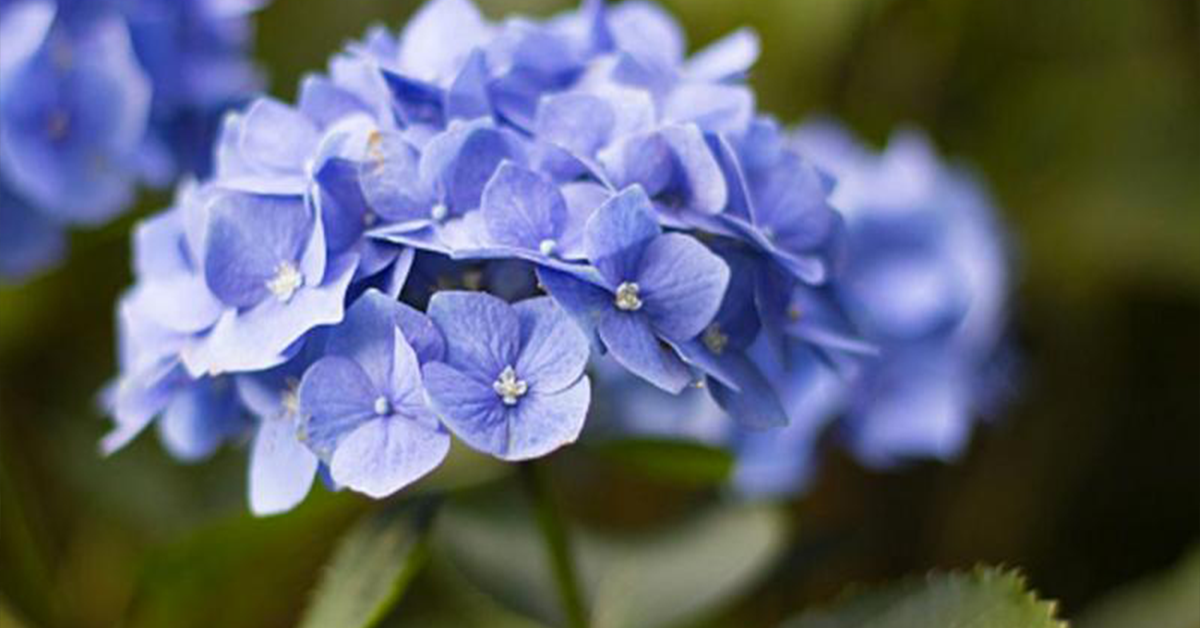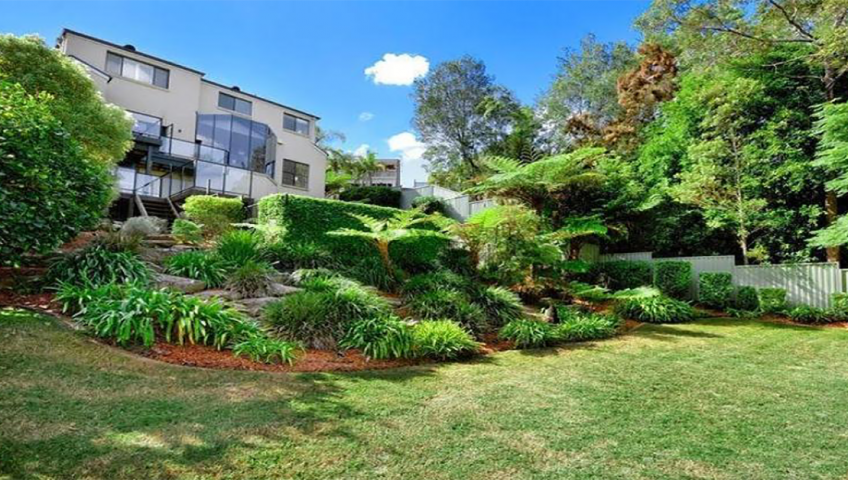 Springtime in Australia is right around the corner, and it’s time to start thinking about your garden.
Springtime in Australia is right around the corner, and it’s time to start thinking about your garden.
It’s a great time to start a vegetable garden, establish new garden beds, plant just about anything, renovate your lawn, and spruce up neglected areas. Now is a great time to ‘spring clean’ your outdoor space. To help get you started, check out the checklist below.
Our Landscapers in Sydney’s Spring Garden Checklist:
1. Feed
Gardeners love to nurture their gardens. Early spring is the best time of the year to give everything in the garden a good dose of fertiliser. After the next fall of rain, scatter slow-release or pelletised fertiliser over your garden. As it breaks down and filters into the soil, it is absorbed by growing roots and used to fuel growth and flowering.
2. Lawn update
Apply a slow-release complete lawn food to all grass areas. Use a metal rake to remove any buildup of thatch (dead growth giving lawns a spongy feel underfoot). If the lawn is looking sparse, reseed or returf bare areas. Before replanting, dig in organic matter and water over the area with a soil wetting agent. Keep everyone off areas that are being renovated until the new grass is growing vigorously.

3. Plant vegetables
Early spring is a rewarding time to plant vegetables, whether you’re starting a new garden or popping some herbs in a sunny window box. Vegies and herbs to plant now (or after the last frosts in frost-prone areas) include summer salad vegies such as tomato, snowpeas, capsicum or chilli, lettuce, cucumber, basil, rocket and parsley.
4. Quick colour
Flowering spring annuals can be planted now to give your garden a quick lift. Add instant colour with pots of cineraria, pansy, polyanthus or flowering bulbs such as daffodils and tulips. Also plan ahead for flowers later in the year. Buy punnets of late spring and summer flowers including petunia, phlox and impatiens (a good choice for shade). Seedlings can be planted in garden beds or popped into large pots for strategic bursts of colour.
5. Plant just about anything
Early spring is a rewarding time to plant trees, shrubs and annuals. Remove plants that have died or are past their best, or extend your garden to accommodate new plantings. Prepare for new plantings by clearing grass and weeds, then digging organic matter into the soil. When working out where to place a new plant take into account the amount of space that’s needed as it grows both across and up (see plant labels for information on plant size).
6. Clean and mend
Warmer weather means more time spent outside eating, relaxing and entertaining. Check outdoor furniture and outdoor sitting areas in preparation for convivial times ahead. Wooden furniture may need to be repainted or re-oiled. Nuts and bolts should be checked and tightened. Canvas chairs may need to be cleaned or re-covered. Also, clean the barbecue and replenish gas bottles. Paving and other hard surfaces benefit from a vigorous sweep to remove accumulated leaves and dirt. Mossy or slippery paths can be cleaned and treated with a once-a-year product.
7. Repot
All container-grown plants, including indoor plants, which have been in the same pot for several years, or that have outgrown their current pot, can be re-potted now. Place plants into slightly larger pots with fresh potting mix or trim roots and replant into the old pot but with fresh potting mix. If you only have a few pots, buy a bag or two of potting mix. If you have a large number of pots, buy a load of premium potting mix from a landscape supplier to save time and money.

8. Prune
Plants that have already bloomed or have frost damage can be pruned to encourage new growth. Also remove old canes from perennials and grasses to make way for fresh spring growth. To keep shrubs, perennials and annuals in bloom over the months ahead, remove spent flowers regularly.
9. Top up mulch
A quick way to spruce up the garden, cut weeds and save water at the same time is with a load of organic mulch. Remove weeds and encroaching grass from under trees and throughout garden beds and then spread mulch over exposed soil.
10. Water features
Top up water features and clean out ponds by removing accumulated leaves and rubbish that’s blown in over winter. Remove dead stalks from pond plants and scoop out algae. Re-pot water plants such as waterlilies before returning them to ponds.

